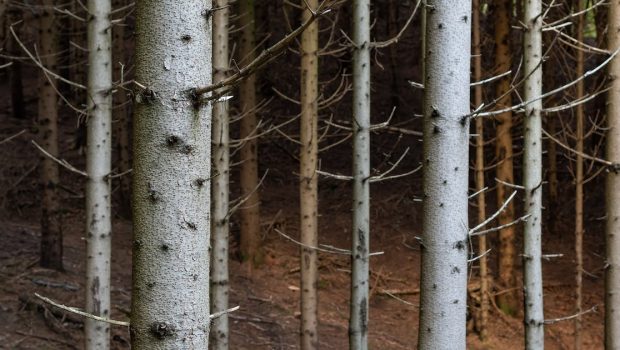Technology in Two Minutes: Spruce trees and a revolutionary new toothpaste
https://www.ispeech.org/text.to.speech
As CEO of Cellerant, I have the opportunity to speak with exceptional people who are confident and determined in their visions and missions. Today, I spoke with a true genius—Mohamed E. Labib, PhD, founder, chairman, and head of research and development for Protegera, developer of Protegera toothpaste.
Labib is no stranger to innovation of all kinds, and his R&D has been funded by NASA, DARPA, and the Department of Defense. So far, he has received more than $40 million from the National Institutes of Health. He worked on the development of CD disc technology as well as the material used in fluorescent lamps.
As we know, biofilm on teeth can cause a range of problems: tooth decay, serious systemic diseases, heart disease, Alzheimer’s, and inflammation, to name a few. Commercial toothpastes don’t remove biofilm. For plaque removal, brushing with a toothbrush and plain water is just as effective as brushing with commercial toothpaste. Mohamed was determined to do something about this.
More Technology in Two Minutes columns:
Of all places, spruce trees grown in Norway led to the answer. Fibers from these trees are formulated into a microstructured cellulose platform that provides the ideal physical properties for biofilm capture and removal from the teeth and the rest of the oral cavity. As the microfibrillated cellulose in the toothpaste moves over tooth surfaces and interproximal spaces, plaque and biofilm are literally dragged away. The microfibrils are so tiny that you can’t feel them in your mouth. It’s amazing that something so microscopic can have such a huge effect.
Here are some facts. Protegera generates 10 to 100 times more shear stress and frictional forces than current toothpastes and delivers 90% removal without disturbing the oral flora with chemicals. Compare that to traditional toothpaste or just water that typically removes no more than 30%–50% of plaque and biofilm, keeping in mind that it’s largely the mechanical action of the toothbrush that does the work.
You may think that turning trees into toothpaste would involve a lot of chemicals. It doesn’t. Protegera is made without chemicals, antibiotics, or antimicrobials that disturb the mouth’s microbiome. It’s sulfate free, paraben free, and silicon free. And let’s face it, no matter how good the toothpaste is, we still want to feel minty fresh, so they found a way to create a mouth feel and pleasant taste like commercial toothpaste brands.
This groundbreaking toothpaste will be offered first in dental offices in its original form. Enhanced formulations for plaque removal, whitening, and sensitivity are in the works, as are a mouthwash and prophy paste.
Before Protegera was developed, grants and funding that included a pivotal $3 million from the NIH led to the discovery of the microfibril technology platform that first was applied in a medical setting to clean the tiny channels in endoscopes, critical to preventing the spread of infection between patients. That solution led to a revolutionary formulation, Protegera, and because of Mohamed’s wealth of knowledge and scientific expertise, we’re sure that he’s barking up the right tree.
Editor's note: This article appeared in the October 2022 print edition of Dental Economics magazine. Dentists in North America are eligible for a complimentary print subscription. Sign up here.








Gloss